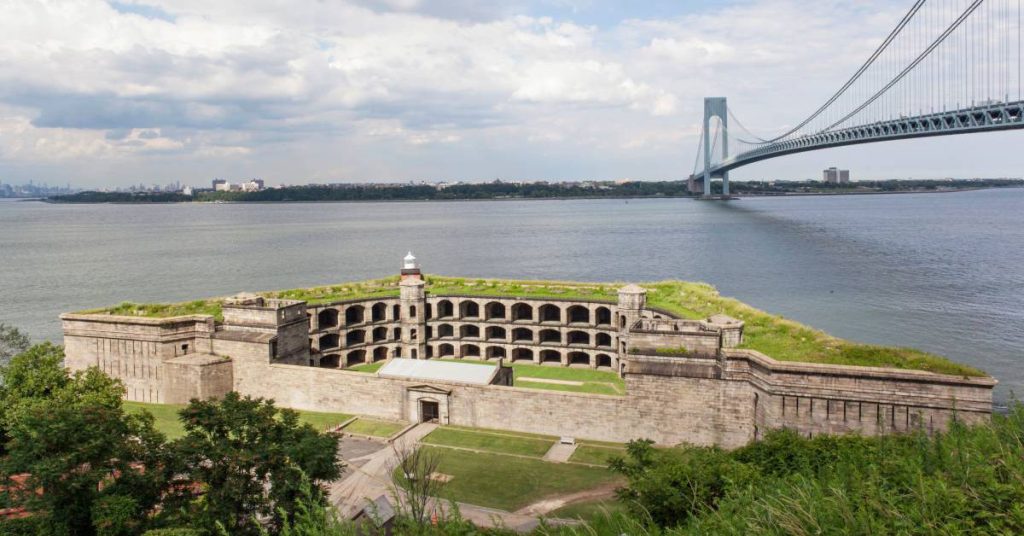Staten Island, often called New York City’s “forgotten borough,” is rich with history and culture waiting to be discovered. With its scenic streets, colonial-era buildings, and waterfront views, Staten Island offers a unique walking tour experience that takes visitors through centuries of fascinating stories. Whether you’re a history buff, a casual tourist, or a local looking to deepen your connection to the borough, exploring Staten Island’s historic landmarks on foot is a rewarding adventure. Here’s a guide to some of the must-see sites on a walking tour of Staten Island’s past.
Start your journey at the St. George Ferry Terminal, not only the gateway to Staten Island but also a historic hub connecting the borough with Manhattan. From here, stroll along Bay Street to reach the Staten Island Museum, housed in a historic building that highlights the island’s natural history, art, and cultural heritage. The museum’s exhibits provide excellent context for understanding the historical significance of the sites you will encounter next.
Continue north to the Conference House Park, located at the southern tip of Staten Island. This 36-acre park preserves the Conference House, a colonial-era mansion where a peace conference was held in 1776 during the American Revolutionary War. Walking the grounds, you can imagine the tension and hopes of diplomats trying to avoid further conflict. The park’s waterfront setting also offers stunning views of the Arthur Kill waterway and New Jersey across the river.
Next, head inland toward the Richmond Town Historic Village, an open-air museum that preserves over 30 historic structures dating from the 17th to 19th centuries. This living history village offers an immersive experience, where costumed interpreters demonstrate traditional crafts, trades, and daily life from Staten Island’s colonial period. Walking through its quaint streets feels like stepping back in time, making it a highlight for visitors of all ages.
On your way back, don’t miss the Old Bermuda Inn, one of Staten Island’s oldest surviving buildings, dating back to the late 1600s. Its colonial architecture and rustic charm provide a glimpse into early settler life. Nearby, the Billiou-Stillwell-Perine House, built in 1662, stands as the oldest house on Staten Island and offers further insight into the borough’s Dutch colonial roots.

As you explore, take time to appreciate the historic churches scattered throughout Staten Island, such as the Richmondtown United Methodist Church and the Trinity Church, which have served local communities for centuries. These landmarks not only represent architectural beauty but also the spiritual and cultural foundations of Staten Island’s residents.
Finishing your walking tour near the Staten Island Greenbelt, you can enjoy a peaceful stroll through some of the island’s natural beauty, contrasting with the urban and historical sites visited earlier. The Greenbelt itself is a reminder of the balance between preservation of history and nature that defines Staten Island.
Exploring Staten Island’s historic landmarks on foot allows you to connect with the borough’s rich past in a personal and immersive way. The walking tour combines waterfront views, colonial heritage, and community spirit, offering a memorable experience for anyone curious about New York City’s lesser-known stories. So put on comfortable shoes, grab a map, and set out to uncover the historic treasures of Staten Island — you might just discover a new favorite place in the city.
